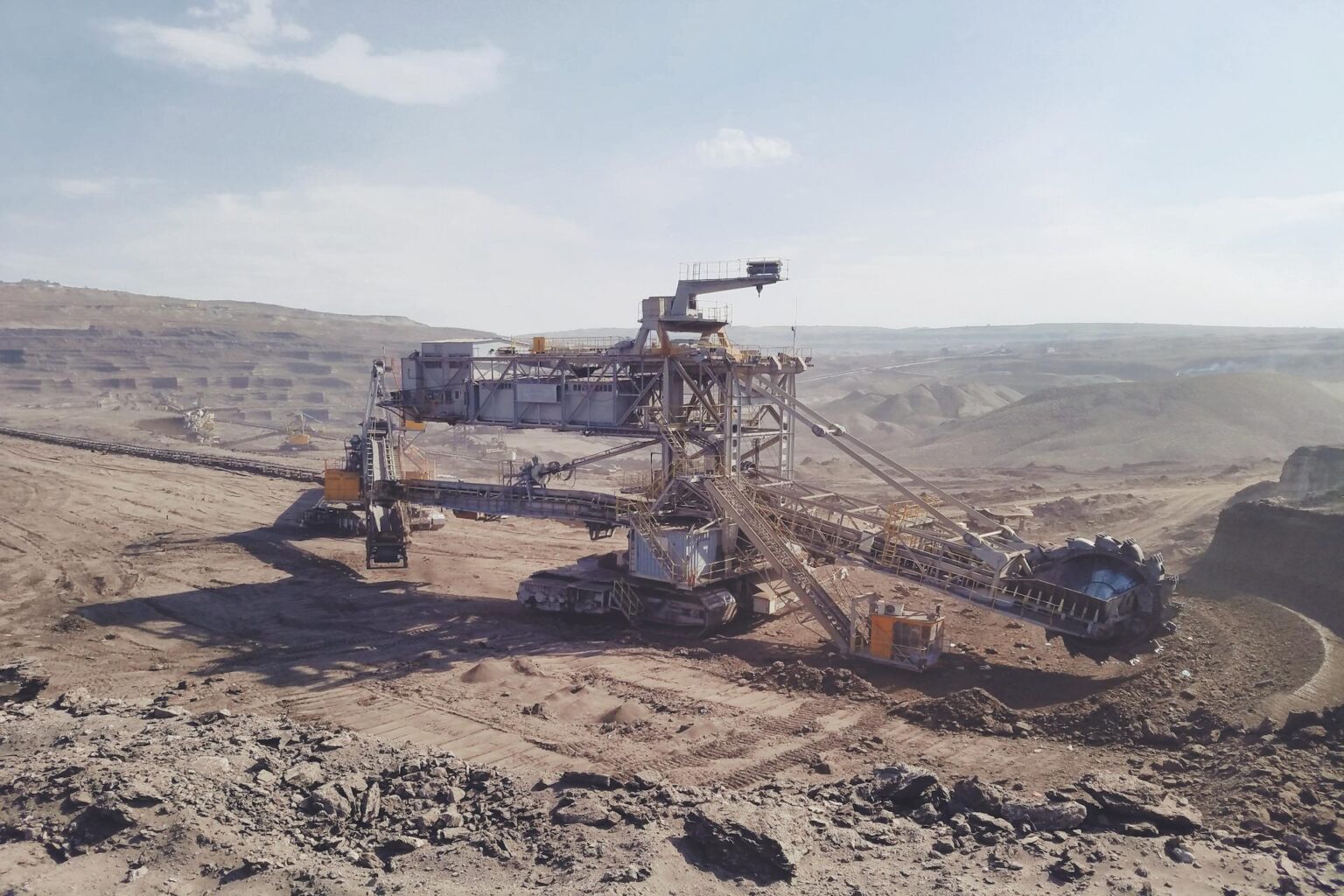
Securing mining operations protects personnel, mining equipment, and valuable resources. Here are essential equipment and protocols to consider:
Physical Security Equipment
- Perimeter Fencing: Install sturdy fencing around the mining site to prevent unauthorised access.
- Access Control Systems: Implement access control measures such as gates, barriers, or biometric systems to regulate entry and exit.
- Security Cameras: Install a comprehensive surveillance system with cameras strategically placed to monitor critical areas.
- Intrusion Detection Systems: Deploy motion sensors, laser grids, or seismic detectors to detect unauthorised entry.
Equipment Security
- Asset Tracking: Implement tracking systems using RFID tags or GPS to monitor the location and movement of valuable mining equipment.
- Equipment Locking And Storage: Secure high-value mining equipment and materials in locked storage areas or containers when not in use.
- Video Surveillance: Install cameras in equipment storage areas to monitor and record unauthorised access or tampering.
Security Personnel
- Security Guards: Employ trained security personnel to patrol the premises, monitor surveillance systems, and respond to security incidents.
- Security Operations Center (SOC): Establish a central command centre to monitor security systems, analyse data, and coordinate responses.
Cybersecurity
- Network Firewalls: Install robust firewalls to protect the mining network from unauthorised access and cyber threats.
- Endpoint Security: Implement antivirus and anti-malware solutions on all devices connected to the network.
- Regular Software Updates: Keep all software and systems up to date with the latest security patches to address vulnerabilities.
- Network Segmentation: Isolate critical mining systems and sensitive data from the public network to minimise the attack surface.
- Secure Remote Access: Secure remote mining system access using virtual private networks (VPNs) with strong encryption.
Emergency Response And Safety
- Emergency Response Strategy: Create a detailed plan that includes procedures for various emergency scenarios, such as natural disasters, accidents, or security events.
- Personal Protective Equipment: (PPE) Should be made available to all staff members, including various items such as helmets, gloves, safety glasses, and high-visibility vests.
- Training Programs: Arrange frequent training sessions on safety and security to educate personnel on potential hazards, emergency procedures, and security best practices.
Incident Response
- Incident Reporting And Response: Establish a precise reporting mechanism for employees to report security incidents or suspicious activities promptly. Designate a response team to investigate and address incidents promptly.
- Documented Procedures: Develop written protocols for incident response, including escalation processes, evidence collection, and communication channels with relevant authorities.
Regular Audits And Testing
- Security Audits: Conduct regular security audits to identify vulnerabilities, assess the effectiveness of security measures, and implement necessary improvements.
- Penetration Testing: Engage ethical hackers to perform penetration testing to identify potential weaknesses in the security infrastructure.
Tailoring your security measures to your mining operations’ specific needs and risks is essential. Consulting with security professionals or experts in the mining industry can provide valuable insights and help you design a comprehensive security plan.

Leave a Reply
You must be logged in to post a comment.